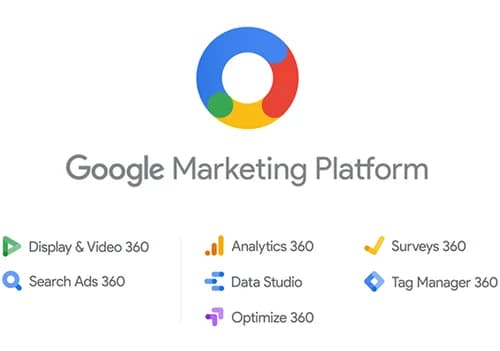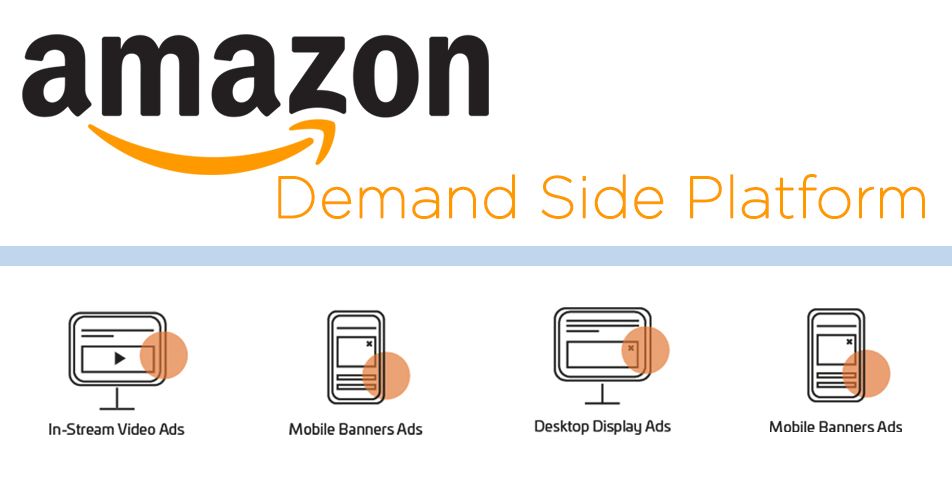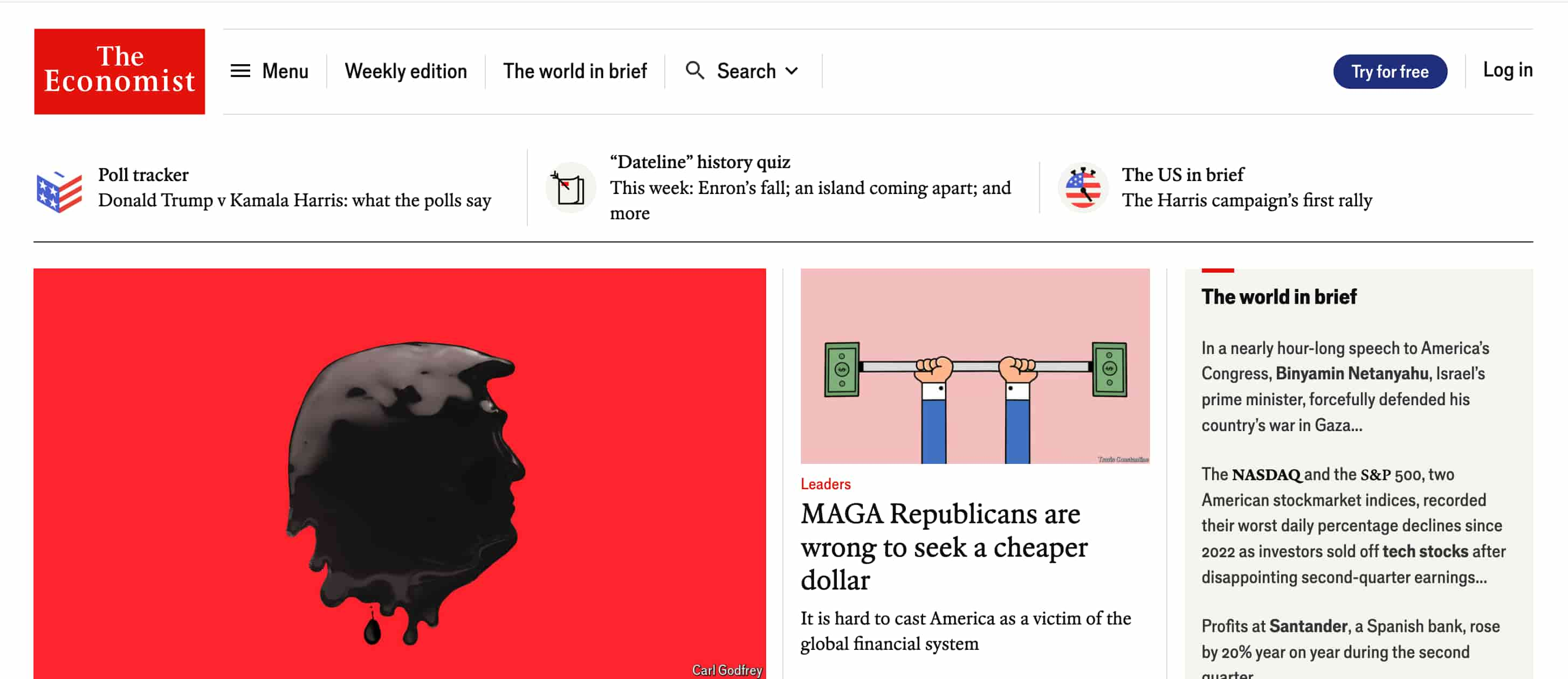Programmatic Advertising: Definition and Examples
Want to save time?
Summarize this article in seconds with AI
Digital marketing is far from being a new (and essential) way that companies need to get themselves out there. Under the large digital marketing umbrella lay many different types of advertising. Today, we would like to introduce you to programmatic advertising. What exactly is it? How can it benefit your business? And what are some real-life examples of its application? Let's dive right in and explore these questions.
Programmatic Advertising Meaning

At its core, programmatic advertising is the automated process of buying and selling online ad inventory in real-time through a intricate system is powered by algorithms and data. Instead of manually negotiating with advertisers or publishers, the entire transaction happens in milliseconds as a web page loads. This ensures that your ad reaches the right person at the right time, often resulting in higher engagement and conversion rates.
In simpler terms, think of it as the stock market for online ads. Just as stocks are bought and sold automatically based on pre-set criteria, ads are placed on websites based on targeting parameters like user behavior, location, and demographics.
How Does Programmatic Advertising Work?
Understanding how programmatic advertising works can initially seem daunting, but it can be broken down into a few key steps:
- Ad Exchange: This is a digital marketplace where advertisers and publishers buy and sell ad space.
- Demand-Side Platform (DSP): Advertisers use DSPs to bid on ad space in real-time.
- Supply-Side Platform (SSP): Publishers use SSPs to sell their available ad space.
- Real-Time Bidding (RTB): This is the auction process that happens in real-time, determining which ad will be displayed based on the highest bid and relevance to the user.
When a user visits a website, data about them (like browsing history and demographics) is analyzed, and an auction occurs. The advertiser willing to pay the most for that user’s impression wins, and their ad is instantly displayed.
Advantages of Programmatic Advertising
There are numerous advantages of programmatic advertising that make it an appealing choice for businesses:
- Efficiency: Automated buying reduces the time and effort required to manage ad campaigns. Once you set up your parameters, you're good to go!
- Targeting: Advanced targeting options ensure your ads reach the most relevant audience and only them.
- Real-Time Data: Immediate access to performance data allows for quick adjustments and optimization.
- Cost-Effective: By bidding on individual impressions, you can manage your budget more effectively and reduce wasteful spending.
Buying Programmatic Advertising
When it comes to buying programmatic advertising, businesses have several options:
- Self-Serve Platforms: These allow you to manage your campaigns directly, giving you full control over targeting and budgeting. Examples include Google Ads and Facebook Ads Manager.
- Managed Services: These services handle your campaigns for you, often providing additional expertise and optimization. This is ideal for businesses that may not have the in-house resources to manage complex campaigns.
Programmatic Advertising Platforms
There are numerous programmatic advertising platforms available, each offering unique features and capabilities. Some of the most popular include:
- Google Marketing Platform: Integrates with Google Ads for comprehensive campaign management.

- Amazon DSP: Offers access to Amazon's extensive audience data for highly targeted campaigns.

- Trade Desk: A powerful DSP known for its advanced targeting and analytics capabilities.
Real-Life Examples of Programmatic Advertising
To illustrate the power of programmatic advertising, let's look at a couple of real-life examples:
Source: AirAsia
AirAsia: This budget-friendly airline achieved a remarkable 30X return on ad spend through a sophisticated programmatic advertising campaign. By using data-driven insights, the airline optimized its campaigns to target specific audience segments effectively. This approach included dynamic creative optimization for personalized ads and real-time bidding to secure valuable ad impressions. The campaign's success was marked by significantly increased conversions and enhanced user engagement, demonstrating the power of precise targeting and personalized messaging in digital advertising.

Source: The EconomistThe Economist: The newspaper publisher, through programmatic advertising, achieved a 65% increase in brand awareness. By utilizing data and real-time bidding, they targeted specific audience segments with personalized ad content. This approach ensured their ads reached the right people at the right time, amplifying and reinforcing their brand message effectively and significantly boosting engagement and recognition.
Programmatic Advertising for Dummies

For those new to the concept, programmatic advertising for dummies can be boiled down to this: It’s like hiring a super-smart robot to find the best places and times to show your ads, ensuring they reach the right people while staying within your budget.
Conclusion
Programmatic advertising is revolutionizing the way businesses approach digital marketing. By automating the ad buying process and leveraging real-time data, it offers unparalleled efficiency and targeting capabilities. Whether you’re a small business owner or a marketing manager at an SME, understanding and embracing programmatic advertising can significantly enhance your marketing efforts.
For those ready to take the plunge, start by exploring different programmatic advertising platforms and consider whether a self-serve option or a managed service best suits your needs. With the right strategy, programmatic advertising can help you reach your target audience more effectively and drive better results for your business.
 Cookie preferences
Cookie preferences








 Xiaohongshu Advertising Guide: How Can Hong Kong Brands Maximize Their Results?
Xiaohongshu Advertising Guide: How Can Hong Kong Brands Maximize Their Results?
 2x your advertising effectiveness: Master big data to optimize ad ROI
2x your advertising effectiveness: Master big data to optimize ad ROI
 Top 5 Best Ads in 2025 in Hong Kong
Top 5 Best Ads in 2025 in Hong Kong
 Hong Kong Outdoor Advertising Cost in 2026 | Adintime Report
Hong Kong Outdoor Advertising Cost in 2026 | Adintime Report
 Marketing Calendar 2026: Key Dates For Marketing Success
Marketing Calendar 2026: Key Dates For Marketing Success
 The Most Widely-Read Magazine and Newspaper in Hong Kong
The Most Widely-Read Magazine and Newspaper in Hong Kong
 Understanding YouTube Advertising Costs in 2025
Understanding YouTube Advertising Costs in 2025
 OOH /DOOH advertising in Hong Kong: Formats and Rates (2025 Update)
OOH /DOOH advertising in Hong Kong: Formats and Rates (2025 Update)
 How much does LinkedIn Advertising Cost? (2025 Update)
How much does LinkedIn Advertising Cost? (2025 Update)
 Press Ad Basics: Types, Formats and Ad Price
Press Ad Basics: Types, Formats and Ad Price